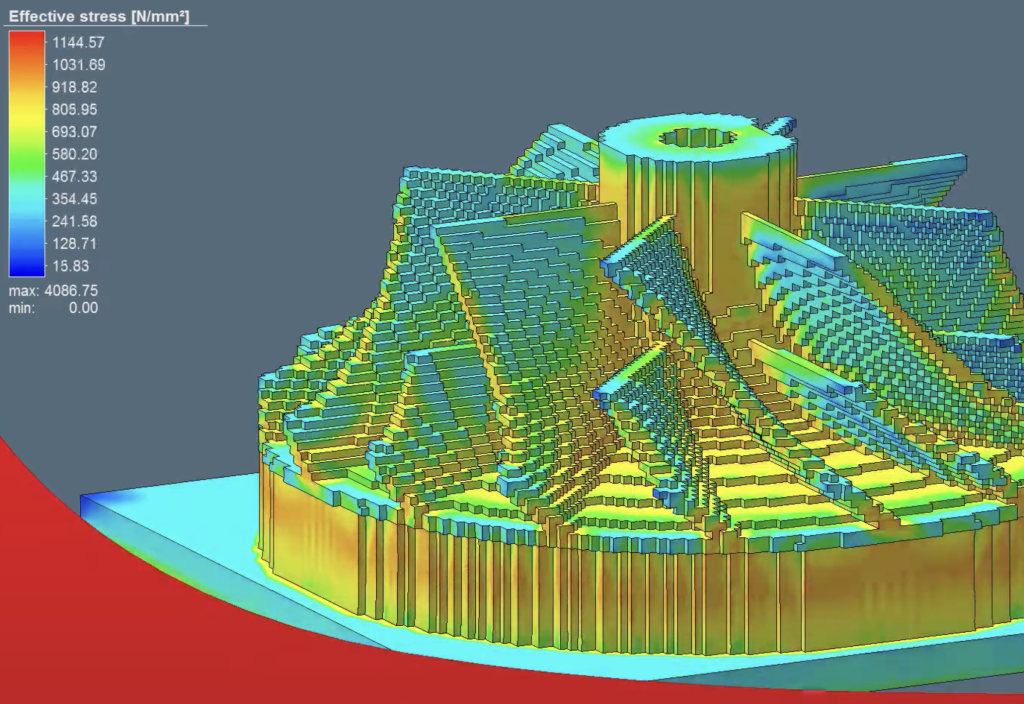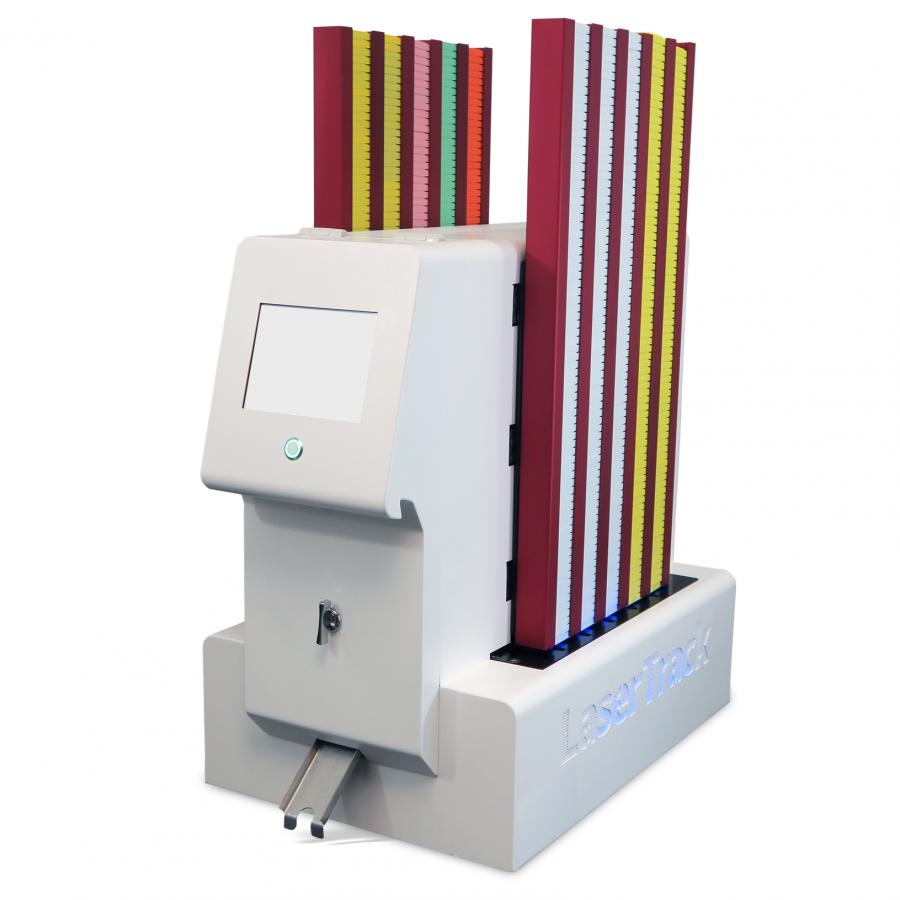How to connect wireless printer
It is often very easy to connect a wired printing machine. Choose the right cable and plug it into the printer.(Opens in a new window) You can connect one to a computer, or network. However, connecting a wireless print isn’t always that simple. It can be more difficult than just plugging in a cable, even when everything is going smoothly.
In the past, wireless printers were referred to as devices compatible with Wi Fi (802.11), but today there is Wi-Fi Direct.(Opens in a new window) Bluetooth devices are also worth considering. Complexities are made worse by the fact that the steps for each method differ depending on the printer model. It’s impossible to include all variations.
The good news is that many of these procedures can be automated using your modern computer.(Opens in a new window) operating system for mobile devices. Your OS will usually guide you through the process. The steps to connect wirelessly with a printer will depend on which method you use, what type printer you have, as well as the router.(Opens in a new window) type.
Are you ready to print? Here are some tips(Opens in a new window) William Harrel of PCMag has the following instructions for setting up your wireless printer.
Before you get started, make sure to review your settings
If your network does not use static IP addresses,(Opens in a new window) Or another protocol other than DHCP(Opens in a new window)This process is largely automated. Most printers can connect with the credentials you provide to your router and your computing device. If your network does not support DHCP, you should contact your sysadmin to establish a static IP address.
It is also important to know what settings you have made that are different from the standard ones. You will need to assign an IP address to the printer if DHCP has been disabled.(Opens in a new window) manually. You will also need to add the printer’s MAC address to the list if the access point is set to only connect with certain MAC addresses.
You will need the following information to set up your network: the SSID (its name), password and the security protocol (WEP, WPA or WPA2) If you don’t know how to set up a network, contact someone who will. We assume that you use the most popular settings and that you know how to adapt the changes.
Wi-Fi devices, including printers, can support any of the three Wi-Fi modes. A Wi-Fi access points are required to enable infrastructure mode. These access points are usually integrated into routers. All Wi-Fi devices in your network should connect to the access points. If you have an access point on your network, the access point and all other Wi-Fi devices should be in infrastructure mode. This mode is supported by virtually all Wi-Fi printers.
How to Connect your Printer through an Access Point
It’s seldom necessary to install drivers on your computer anymore. Today’s operating systems are pretty good at zeroing in on new printers on the network. Windows 10 lets you add printers.(Opens in a new window) under Settings > Devices > Printers & scannersClick here Add a scanner or printer. Windows 11(Opens in a new window)Head to Settings > Bluetooth & devices > Printers & scanners Make your selection Add device.
Credit: PCMag/Microsoft
Windows will scan your network to find a printer. Double-click the printer to continue the process. If the printer is new, you should have an option to install it. This could be an onboard wizard or a manual setup that requires only your network SSID password.(Opens in a new window)This uses a QR Code that your phone can scan to complete the setup process.
Some printers offer separate menu options that you can choose from and then fill out individually. Less frequent these days, the driver installation program that you download from the manufacturer’s support site will take care of entering the information in the printer, sometimes telling you to connect by USB cable to send the settings to the printer.
To determine which method to use, check the setup guide for your printer. If you have lost the original documentation, you can obtain copies at the manufacturer’s website. Whatever your method of communication, once the printer has entered the information it needs, it will establish the connection.

Credit: PCMag/Microsoft
To determine if Windows can’t locate your printer for any reason, you should first undo any network settings that may have been changed. If it doesn’t, you might need to manually install it. Click here to do this. I don’t see the printer I want on this list It appears when Windows stops searching.
There are many options available, some of which are self-explanatory and some that may not be.
-
My printer is a bit older. Help me locate it. This will open a dialog box searching for your printer. If the printer cannot be found, there are several options available. Some of these options are more complex than this guide.
-
You can choose a shared printer by naming it: Each device on your network will have its own name. This can be given by IT or you. You have two options. Either type the name for the network printer you want to search (remember the format under the Browse field), OR leave the field blank and click Browse You can view all uninstalled printers.

Credit: PCMag/Microsoft
-
Add a printer to an IP address or hostname It is very similar to manually adding a printer. Select these options and click Next, then enter the printer’s hostname or IP address in the ensuing dialog box. Click Next To complete the process.
-
You can add a Bluetooth, wireless or network-discoverable gadget: Click Next to continue the computer search for devices. Double-click the entry to make it install.
-
You can add a local or network printer with manual settings. Here, again, we’re adding a printer manually.
How to Connect Your Printer via Wi-Fi Direct
Some printers can be connected directly to another Wi Fi device to wirelessly print. To connect directly, your printer must support either the older, more user-friendly Wi-Fi Direct mode, or adhoc (peer–to–peer network). This is the preferred mode for direct connections. It is easier to use and you can connect up to two devices, even if one supports Wi-Fi Direct.

Credit: PCMag/Microsoft
A Brother laser printer that we tested at PC Labs allowed me to establish a secure connection with my Windows laptop by simply turning on Wi-Fi Direct. I clicked on Wireless in the laptop’s tray and selected the printer from the available networks. The password was then entered.

Credit: PCMag/Brother
Windows will find your printer and install drivers once the printer broadcasts that Wi Fi Direct is active. Windows will know most of the details about your printer, including how to use it and where to find drivers. Wi-Fi Direct was designed to make this connection easy. This should be the setup scenario for all Wi-Fi Direct printers.
The Wi-Fi Alliance stipulates that even though your printer may not be compatible with Wi-Fi Direct, your computer (or smartphone or tablet) can still connect to Wi-Fi Direct. All Wi-Fi Direct connections will be simple to set up, according to the promise.
You can use ad hoc mode if you need it. To set up an ad hoc connection in Windows 11, go to Settings > Network & Internet > Advanced Network Settings > Advanced Sharing Settings Encouragement and facilitation Network Discovery. Windows 10 is slightly more complex.
The setup process will depend on the printer but you can connect in much the same manner as you would to an Access Point. You simply need to enter the SSID into the printer menus.
How to connect your printer to a smartphone or tablet
Over the past decade, mobile devices have had a dramatic change in how they access printers. Now, most printers—or at least printer manufacturers—provide their own apps. After you have downloaded the app, it will automatically find your printer and allow you to print. HP Smart App(Opens in a new window)For instance, this program allows you to set up and maintain most HP printers. It also lets you scan files with the camera(Opens in a new window)Send faxes and print photos(Opens in a new window)You can find out more.
Apple’s AirPrint makes it possible to print from iOS devices and compatible printers. (Opens in a new window)Supported printer models include thousands. However, both the access point and the printer must be connected to a Wi Fi network. Select the supported app to print. Print Selecting an available printer. Android users still have Mopria Print Service, even though Google Cloud Print has been discontinued in 2020.(Opens in a new window).
These days, though, it’s easier to install an app on your device, and it will offer a wider feature set, too. Apps from Canon, Epson and HP include special effects, text and frames for editing and enhancing photos.
There is no one-size-fits all wireless printing solution that can be used in every situation. But, there are some solutions. Do There are more options than ever before. There are many options available, whether you need to print from your laptop or mobile device to a wireless printing device. You can always try another solution if one fails to meet your needs.
This article was originally published on PCMag.com(Opens in a new window)Mashable’s sibling website. PCMag.com(Opens in a new window) Technology expert, providing independent, lab-based reviews of the most recent products and services.








